Trezor Wallet
TREZOR is a Bitcoin hardware wallet and launched in August 2014. It was the first Bitcoin hardware wallet, offering secure cold storage plus the ability to spend with the convenience of a hot wallet.

TREZOR is a small, key-sized device which connects to your computer with a USB cable. It stores your Bitcoin (BTC), Ethereum (ETH), Bitcoin Cash, Ripple (XRP), Cardano (ADA), Ethereum Classic (ETC), Monero, Zcash and other different cryptocurrency private keys offline and signs transactions. It can be safely used on a malware infected computer.
Price
You can pick up a TREZOR One for $79.
Make sure you NEVER buy a TREZOR or any other hardware wallet from eBay.
Only buy from the TREZOR store, PrivacyPros, or any other authorized reseller.Here is the TREZOR compared to the other three popular cryptocurrency hardware wallets:
COMPARISON
Security
TREZOR provides top-notch security for bitcoin (BTC), protecting against both physical and virtual theft.
TREZOR is an HD wallet where you control the private keys, so an entire wallet can be backed up with the 24 words generated on setup. The original 24-word seed is generated using RNG from the device and the computer. The seed is generated offline and displayed on the TREZOR’s screen, which ensures that the seed is never on an internet-connected device.

A PIN code is required on setup, and required for spending. After each incorrect guess the wait between guesses is raised by a power of two. Making 30 guesses would take 17 years.
You can add a passphrase to the 24-word seed as an extra security feature, which acts as a 25th word. You must remember the passphrase because the seed without the passphrase is not enough to recover the wallet. A passphrase offers more security, but if forgotten the wallet cannot be recovered.
You can recover the entire wallet with the 24-word seed and passphrase if used, in the event that your TREZOR is lost or damaged. Recovery can be done with another TREZOR or with other wallets, like Electrum or Mycelium.
TREZOR’s screen allows you to confirm that you’re sending to the intended recipient, but this does not prevent against phishing attacks.
A full overview of how TREZOR handles security threats can be found on the Satoshi Labs website.

TREZOR’s buttons (as shown above) also make sure that a hacker couldn’t automatically send a transaction from your device. The button must be physically pressed in order to confirm each outgoing transaction.
Trezor has also started an initiative to develop its own open-source secure element chip. This project is called ‘Tropic square’ standing for “TRuly OPen Integrated Circuit”. One reason Trezor does not use a secure element, like the Ledger Nano X does, is that all secure elements are closed source. This means you must trust the hardware manufacturer not to create a back door.
Trezor is trying to solve this by creating one that is open-source like the rest of the Trezor stack.
Setup and Initialization
There are two ways to setup your TREZOR: via myTREZOR.com or via the command line. Setup involves setting the PIN code, device name and password.
Backup Seed
As mentioned earlier, you backup your TREZOR by writing down 24 words. These 24 words can then recreate your TREZOR wallet in the event your TREZOR is lost, stolen or damaged.
The TREZOR comes with paper to write down the words:
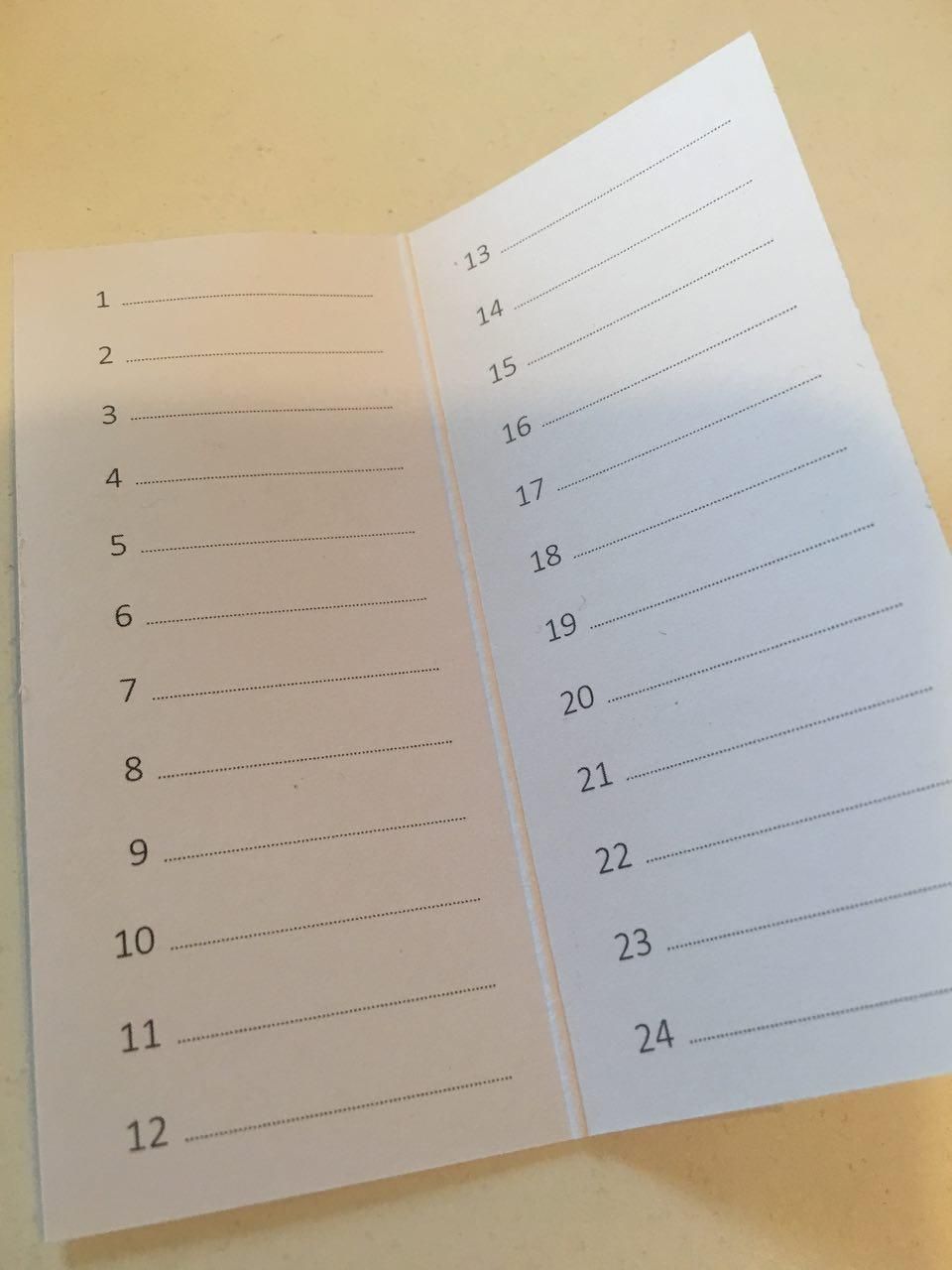
For the extra paranoid user, you may want to store your seed in a fireproof safe. Or, get something like the PrivacyPros Billfodl.
The Billfodl is stainless steel backup solution. It allows you to store your 24 word backup seed on material that is much more resistant to fire, electricity, water and other potential dangers to your backup seed.
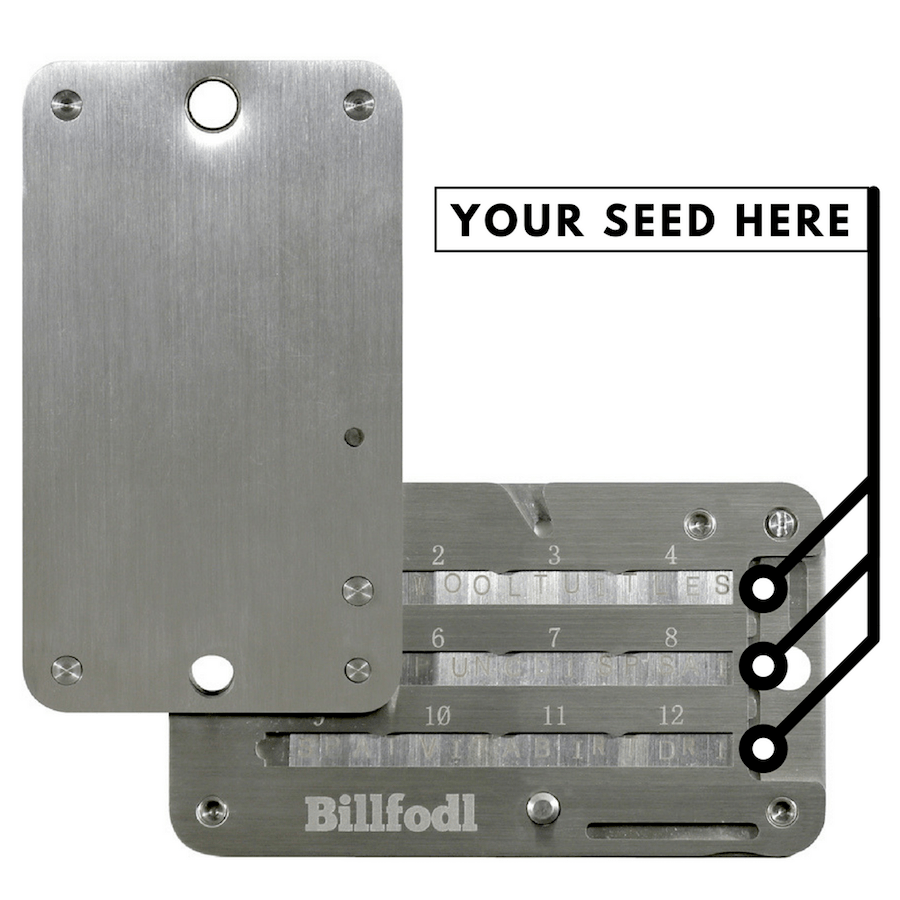
For example, one user had $1 million worth of cryptocurrency backed up on a seed. His house was flooded, and the water destroyed his paper backup seed. This would not have happened had the user been storing his backup seed on stainless steel like the Billfodl.

The Billfodl protects your seed from both fire and potential floods. For $80, this can be worth it depending on the amount of cryptocurrency you’re storing on your device.
Privacy
TREZOR itself offers very good privacy. Satoshi Labs has no way of tracking your actions after you receive the device because it has no serial number. All of the software is open source. No usernames or passwords are needed when using TREZOR.
Privacy is determined by the wallet used with TREZOR: Electrum and GreenAddress on desktop, GreenBits and Mycelium on Android, and myTREZOR.com on the web.
Data can be leaked upon setup if using TREZOR’s myWallet, so its better to use a full node client like Electrum.
Wallet UI
The Trezor wallet UI is clean and easy to understand for both beginners and advanced users alike.
It is easy to send or receive a variety of crypto assets, review previous transactions, buy digital assets directly from Trezor or from other users on their exchange.
However you decide to use the Trezor wallet software, be aware that unless you take certain steps to hide your IP address (by using a VPN or Tor) Trezor (the company) will have access to your IP address.
This short video will walk you through step-by-step how to set up Tor on your Trezor hardware wallet so you can hide your IP address when using your Trezor.
Additionally, if you do not hide your XPUB (by running a full node), Trezor (the company) will know about all of your transactions (even if they probably cannot tie them to your identity directly). This is because you need to connect to a node of some kind to broadcast transactions. If you aren’t running one yourself, then you must use Trezor’s hosted node.
Trezor CLI
You can also get full functionality out of your Trezor One through a command line interface. With the CLI, you can skip the wallet software and run commands directly on the Trezor.
Why would you do this?
For one thing, you know exactly what commands are being issued to the Trezor. When you use a wallet UI like the one shown above, you don’t know for sure that the software has been tampered with or that it is necessarily doing the things you think it is doing.
Password Manager and U2F
You Trezor One can also act as a password manager and U2F Authentication. This means that you can use the Trezor to store all your passwords to various accounts online and/or require that the accounts only login when enter a changing 6 digit password generated by the Trezor.
Quick Tip
If you are using your Trezor to hold crypto, it is best not to connect it to other devices if you can avoid it. For this reason, we DO NOT recommend that you use your Trezor as both a password manager and a crypto wallet. It is best to use each Trezor device as one or the other. If you want to use it for both, buy two Trezors and dedicate one to holding crypto and another to managing passwords and authenticating accounts.
Software Wallets
Trezor offers compatibility with a number of wallets, including Electrum, and Blockstream Green on desktop, Mycelium on Android, and myTREZOR.com on the web. Trezor One used to require a Chrome extension, but that is now obsolete. You must now use Trezor Bridge to connect your Trezor and supported browsers to work with myTrezor.com.
TREZOR vs. Ledger Nano S
TREZOR and the Ledger Nano S are often compared.
The main difference is that TREZOR is more like a mini computer, while the Ledger Nano S uses a secure chip.
TREZOR vs. Ledger Nano X
The TREZOR one hardware wallet is generally seen as a less capable wallet than the Ledger Nano X.
That’s because the Ledger Nano X features a more study build as well as a nicer screen and Bluetooth capability. This makes the Nano X ideal for traders on the guy, and the preferred choice over the TREZOR One.
TREZOR vs. KeepKey
KeepKey is actually a clone of the TREZOR’s code and firmware.
However Keepkey has not kept up with firmware updates the device is basically no longer safe to use at all.
Trezor is well maintained by the developers making it much safer to use. It’s screen is not as large as KeepKey’s but this is not a good enough reason to use Keepkey over the Trezor.
Trezor Supported Coins
TREZOR can be used to store Litecoin, Bitcoin Cash, DASH, Ethereum (ETH), Ripple (XRP), Cardano (ADA), Ethereum Classic (ETC), Monero, Zcash and any other altcoins. It’s up to software wallet developers to integrate support–the device itself is compatible with any ERC20 altcoin tokens.
This marks the end of our TREZOR review. The next few sections show you how to use and restore TREZOR with Electrum and Mycelium.
Shamir’s Secret Sharing Scheme (SSSS)
Unfortunately, SSSS is only supported on the Trezor Model T, so if this is a feature that is important to you, we recommend you upgrade to that model or do a multisig set up (see below).
Multisig Support
If you’d prefer to do proper multisig over seed sharding, as with SSSS, then there is a way to do it with Trezor One. However, trezor has no native support for this.
Instead, you will need to use a software wallet like Electrum to set up the multiple signatures.
The nice thing about using Electrum is you can use multiple hardware wallet brands like Ledger and Coldcard.
If you run your own Node, you can use MyNode to help you run either Specter or UnchainedCapital’s Caravan. This makes multisig with Trezor even simpler!
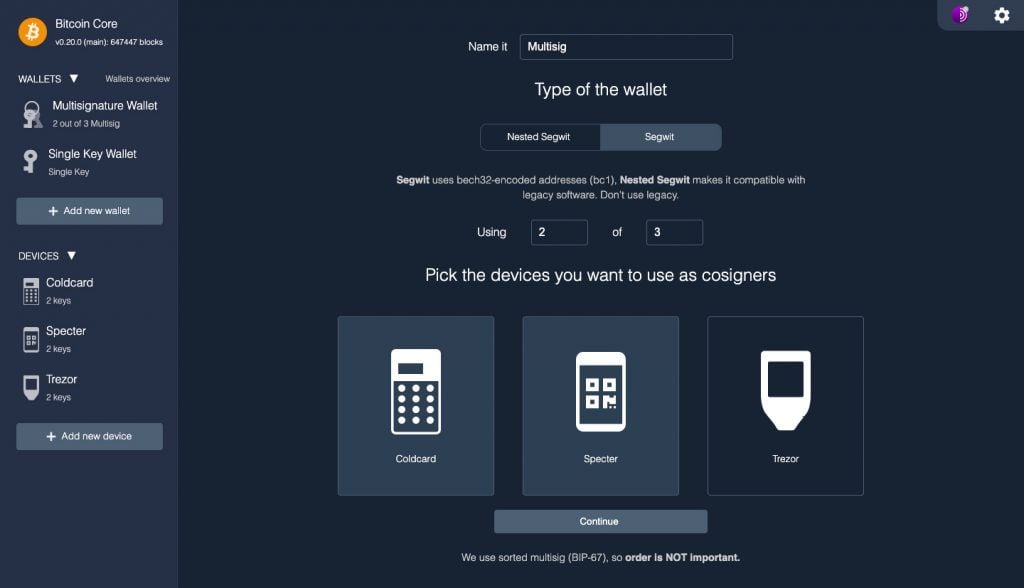
How to Use TREZOR with Mycelium
This article details how to use a previously initialized TREZOR with Mycelium. Your TREZOR must be setup before use with Mycelium. To learn how to RESTORE your TREZOR using Mycelium, click here.
First, make sure you have the latest version of Mycelium installed on your Android device. Open Mycelium and select “new account”. If you already have Mycelium installed then skip this step.
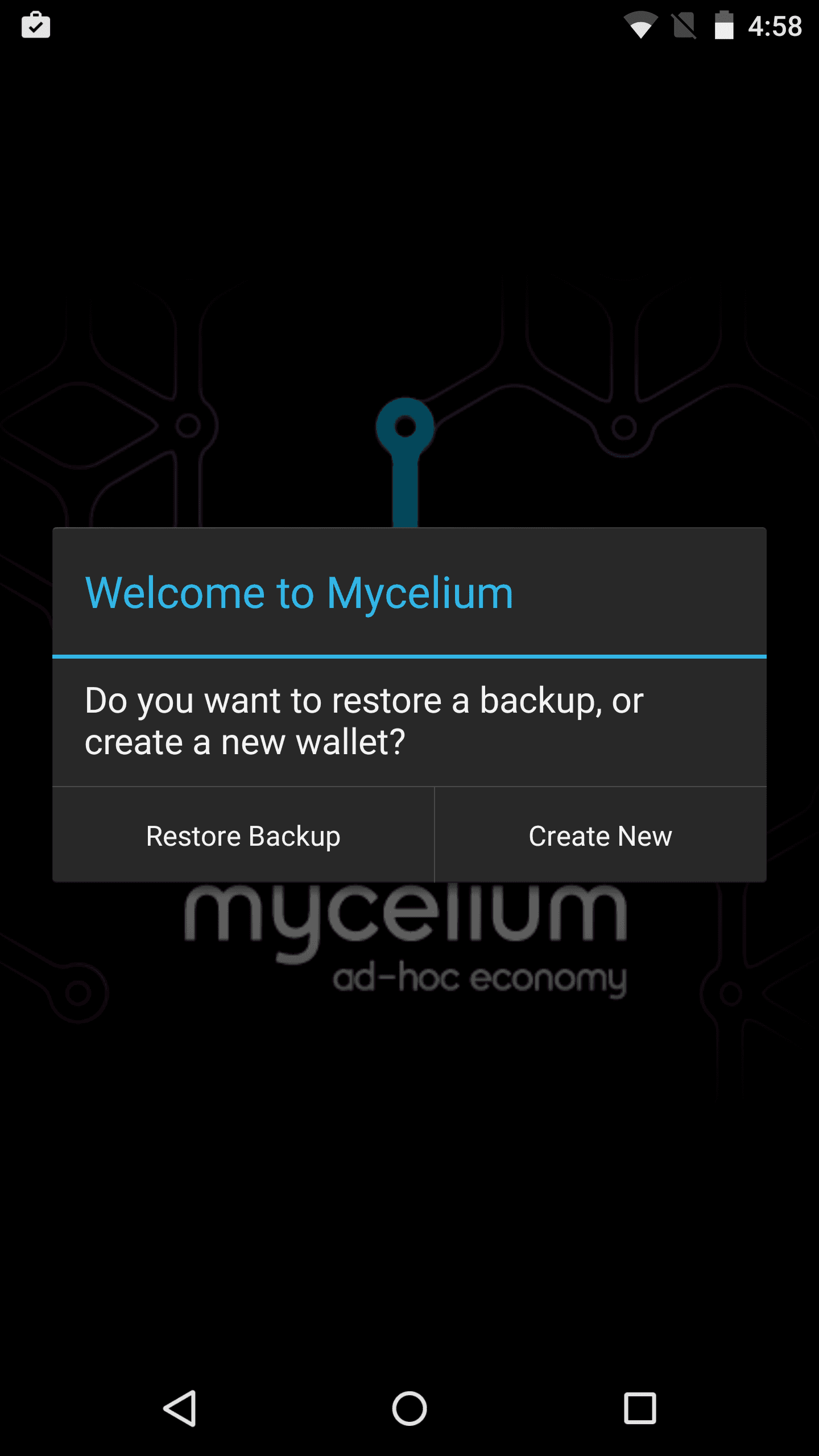
Swipe right to move over to the “Accounts” tab. Click the key on the top right to add a new account.
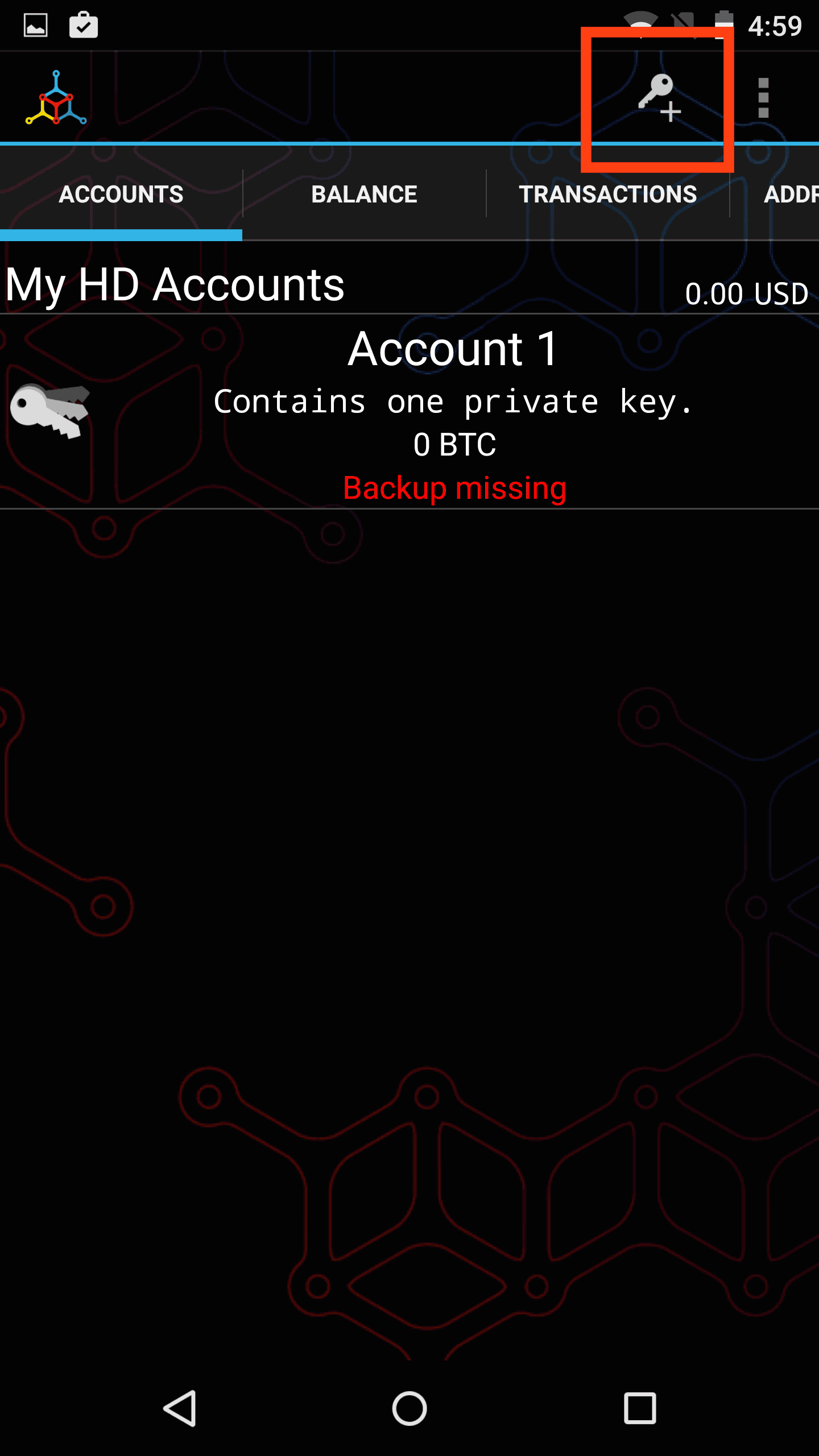
Click “Advanced”.
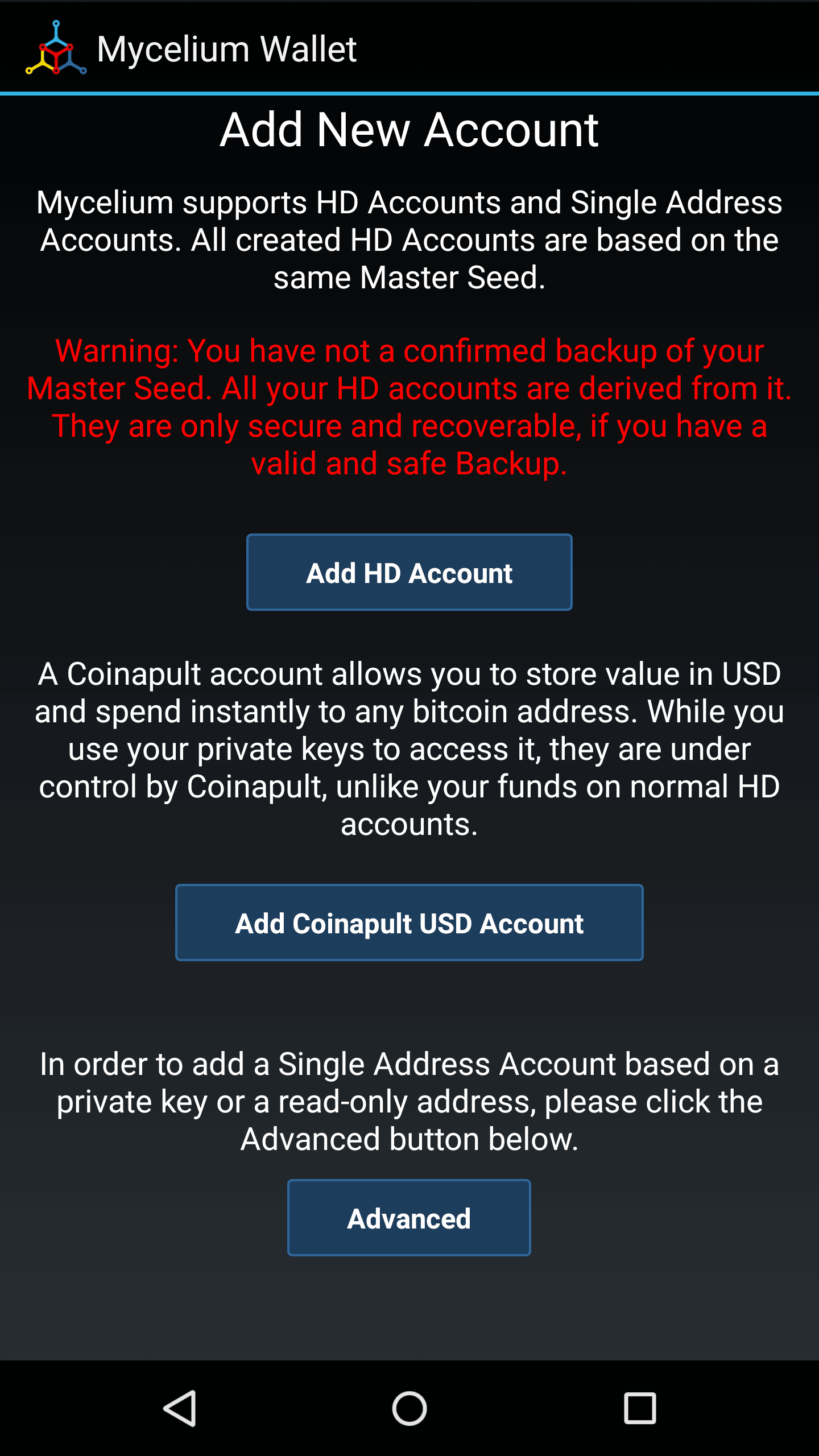
Under “Import a Trezor-HD account” tap “Trezor”.
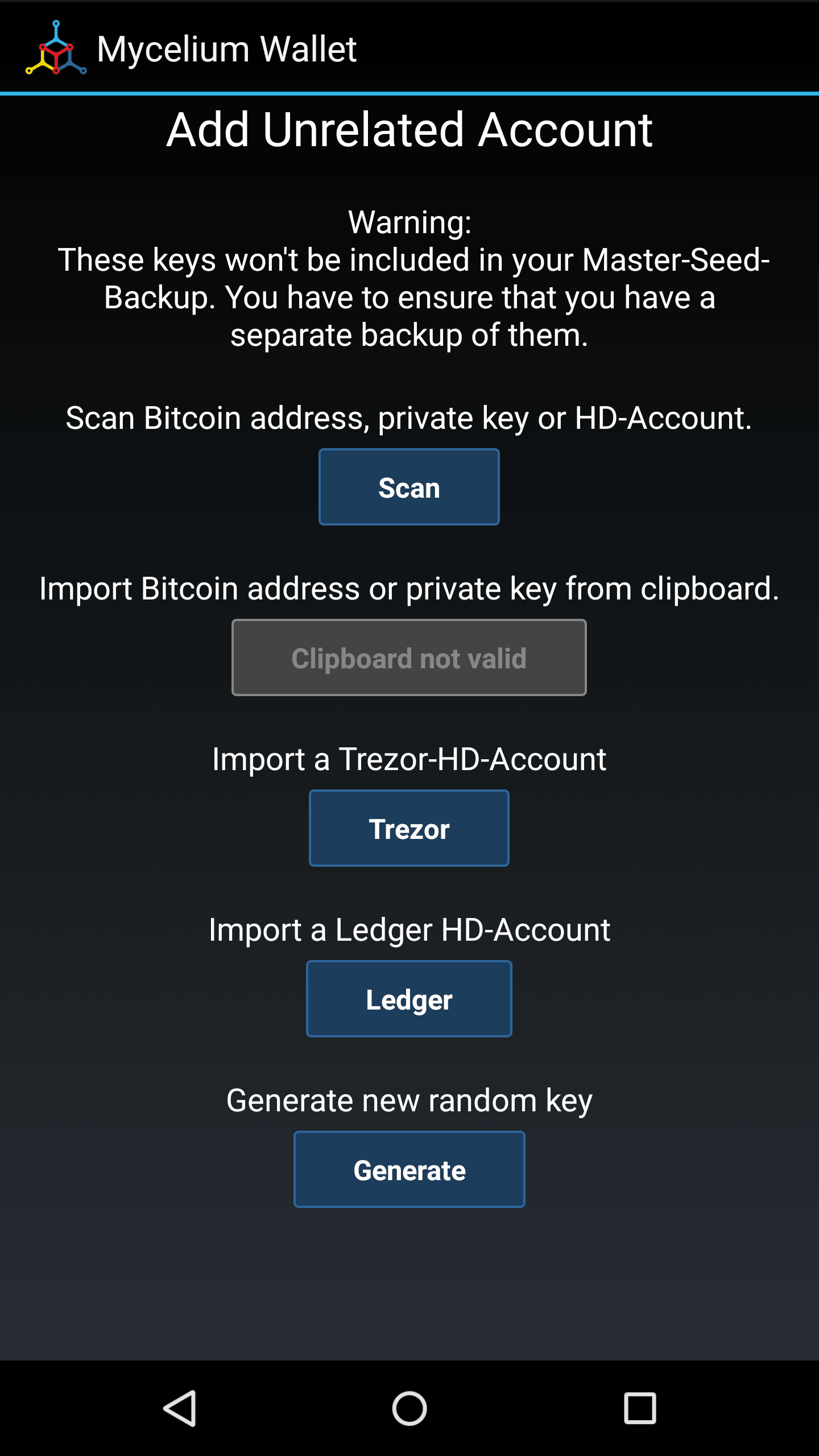
Plug in an OTG cable to your Android device and plug in your TREZOR to the OTG cable.
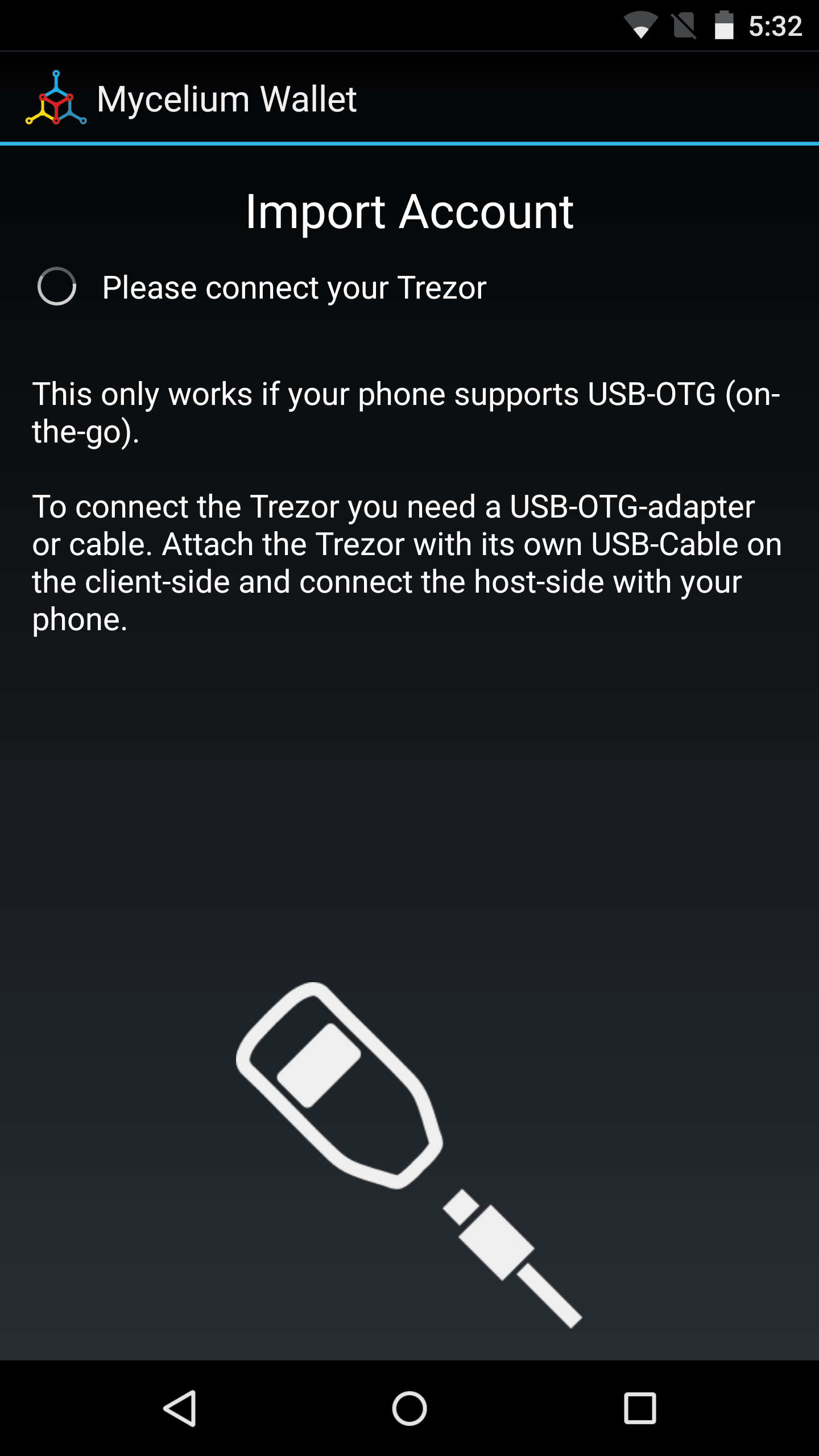
Enter your TREZOR pin code. The numbers will be displayed on your TREZOR’s screen.
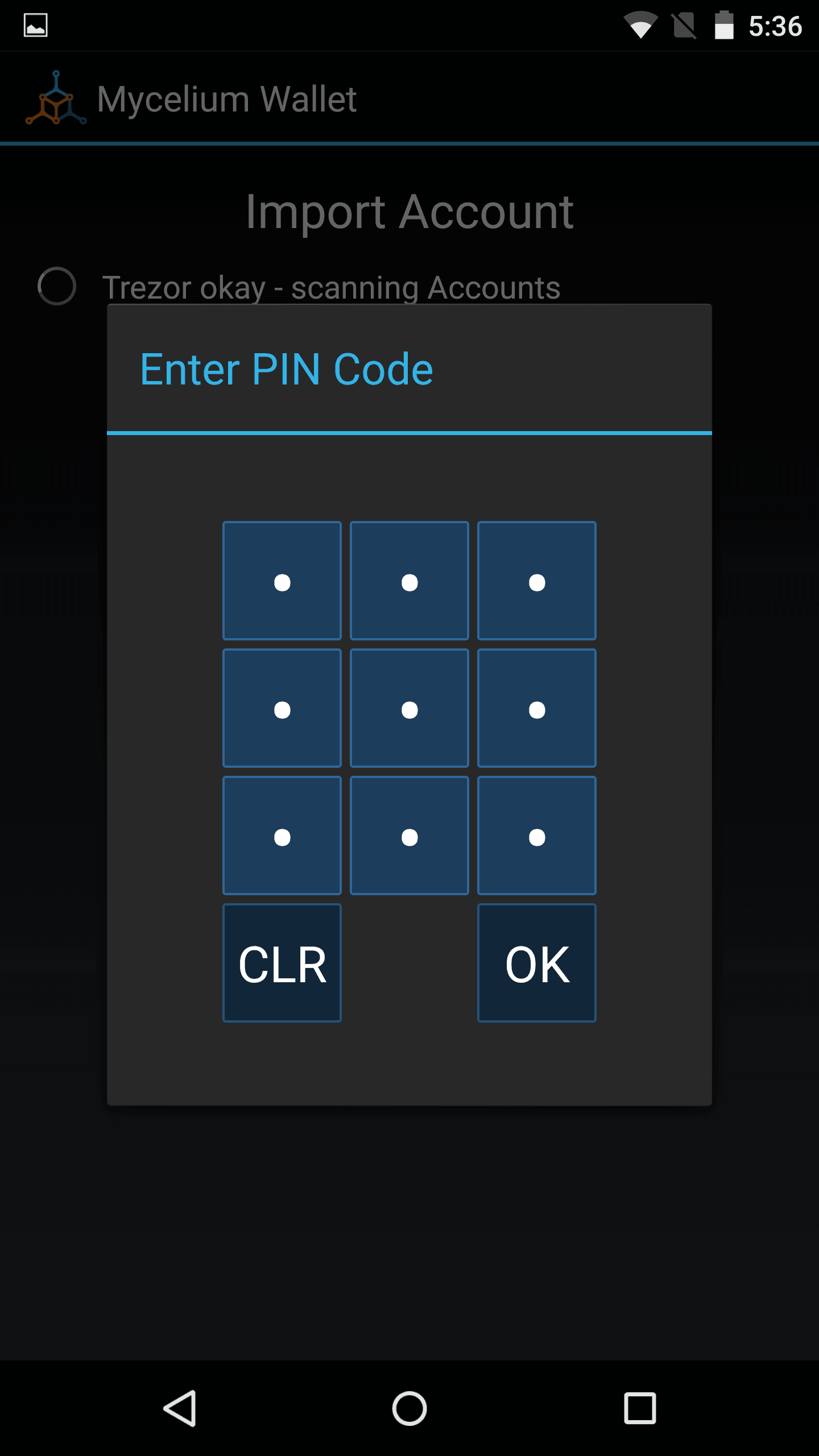
Enter your TREZOR passphrase if you have one. Any passphrase will create a valid wallet. If your wallet shows a zero balance, restart the process and double check that the passphrase was entered correctly.
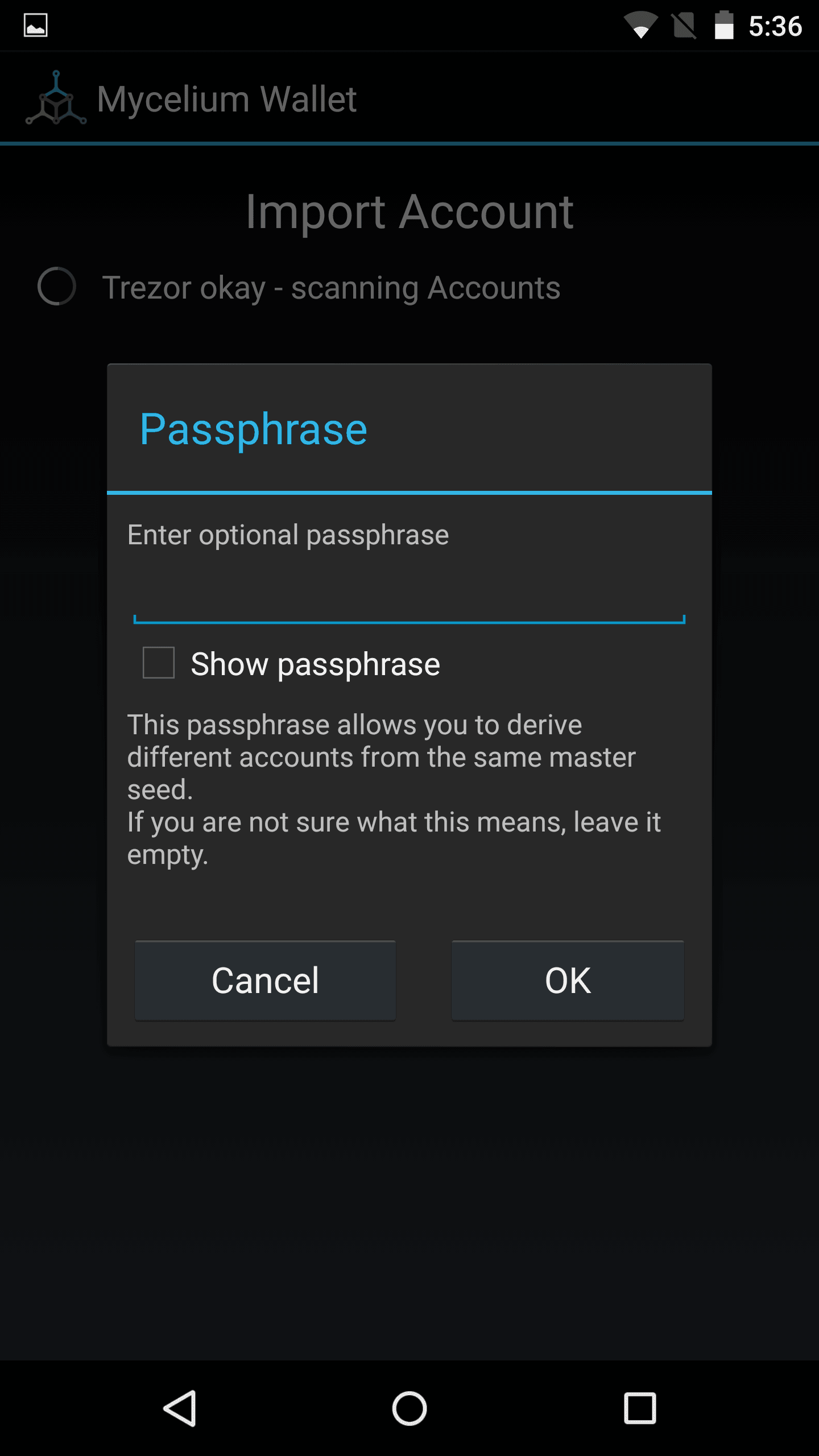
Mycelium will scan for accounts on your TREZOR.
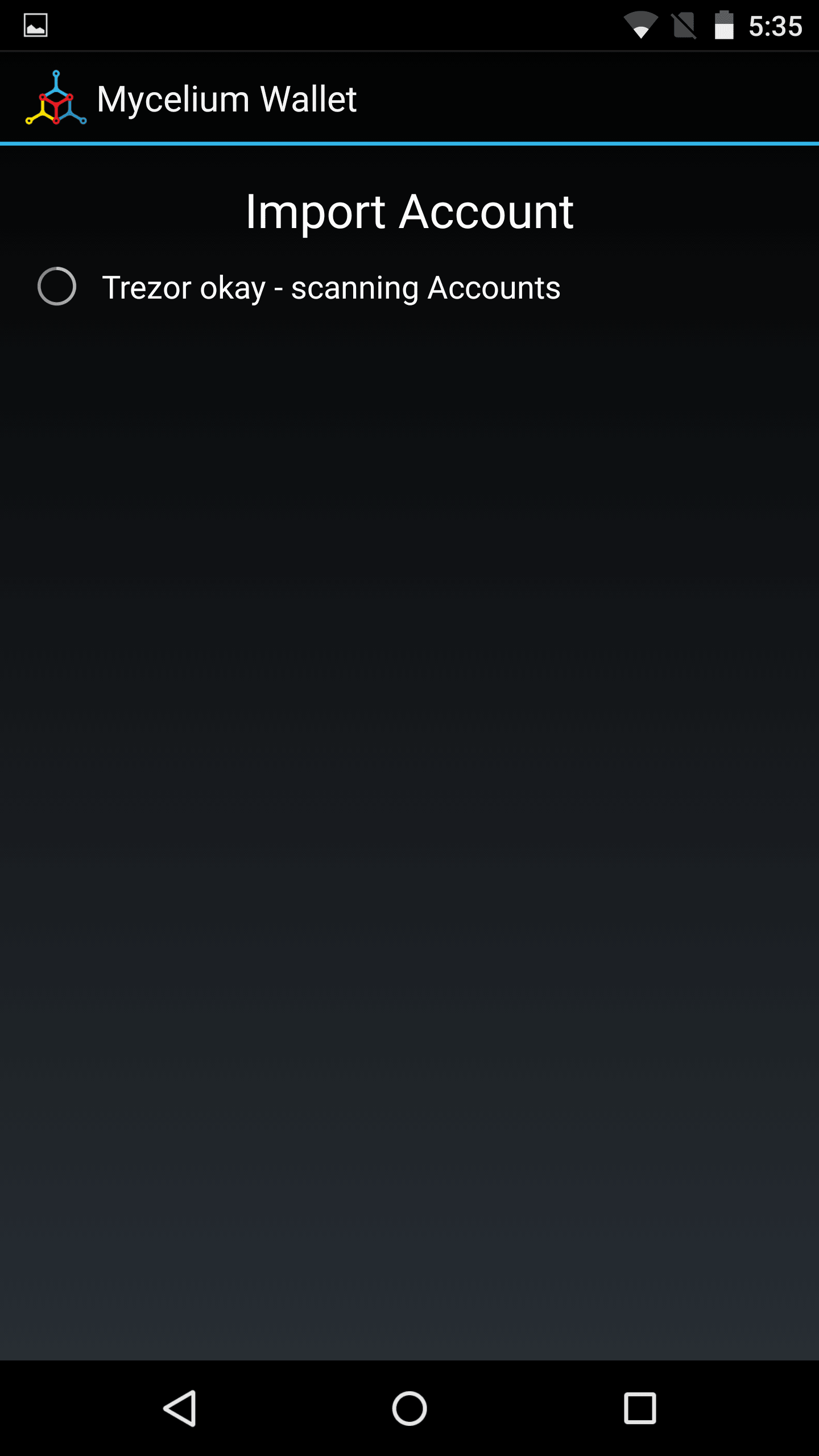
In this case we have one account based on the passphrase entered. Click on an account to load that account, or tap “Import next unused account” to add a new account.
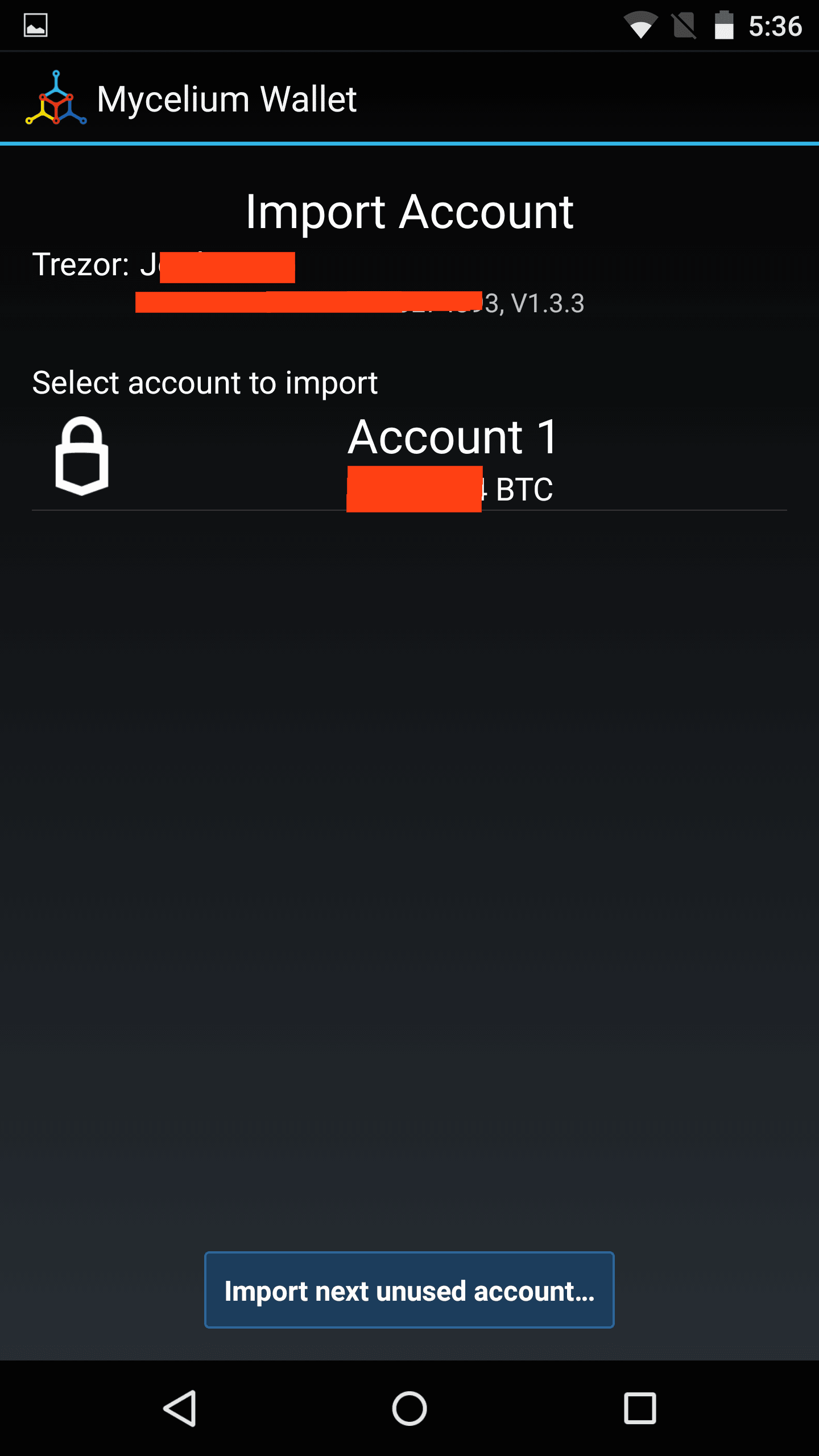
Name your TREZOR account. This is how it will be displayed in the Mycelium app.
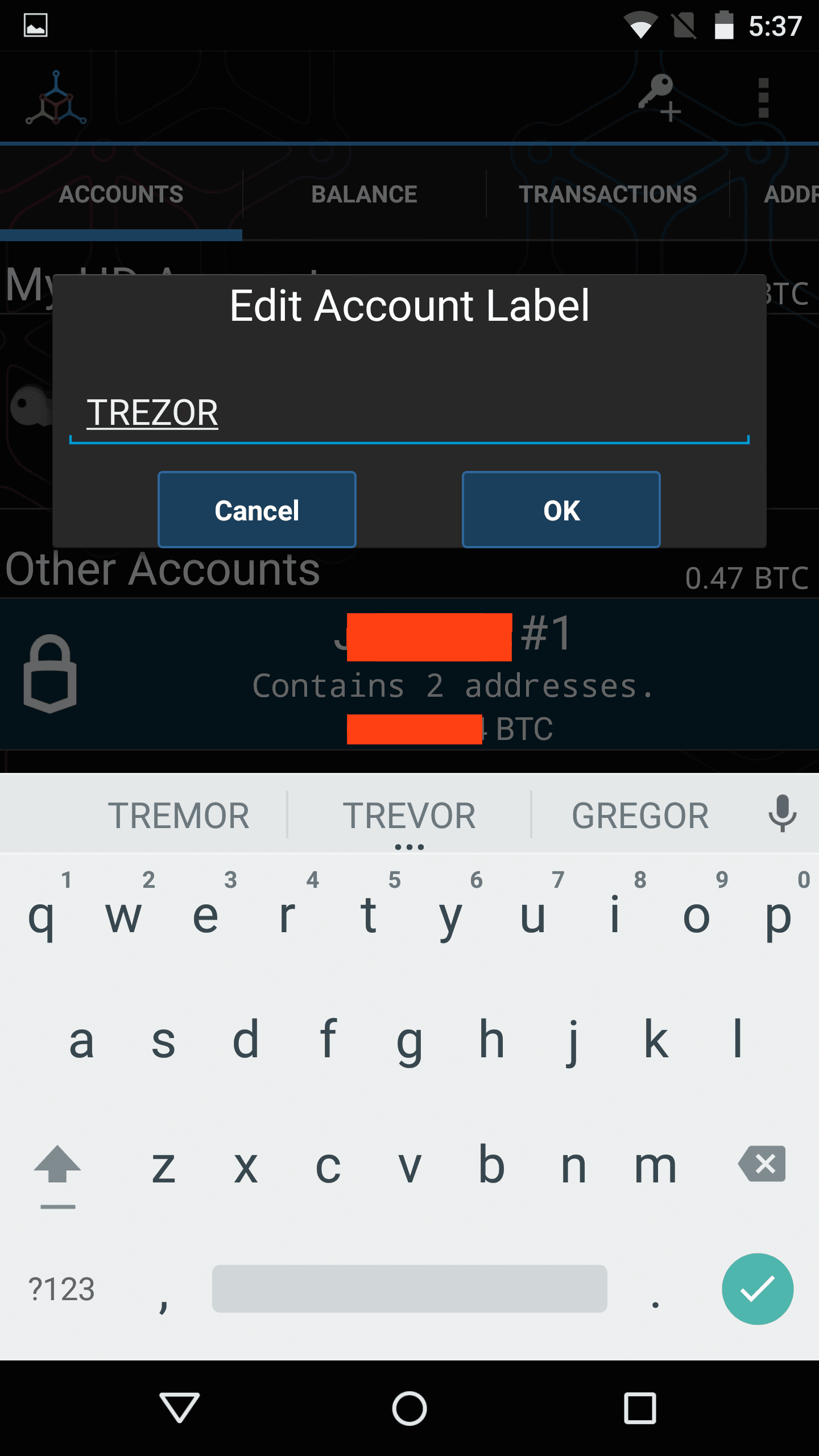
You can now send payments from your TREZOR with Mycelium.
Even if the TREZOR is removed after use, the wallet and its addresses will still be viewable in watch-only mode. This way you can still view your balance, generate new addresses, and receive payments.
Restore with Mycelium
If your TREZOR has been lost or stolen, your funds can still be accessed by importing the recovery phrase and passphrase (if used) into Mycelium for Android.
A fresh install of Mycelium is required. If you already use Mycelium, write down the 12-word backup seed and reinstall the application.
When opening Mycelium, you’ll be given two options: Restore Backup and Create New. Select Restore Backup.
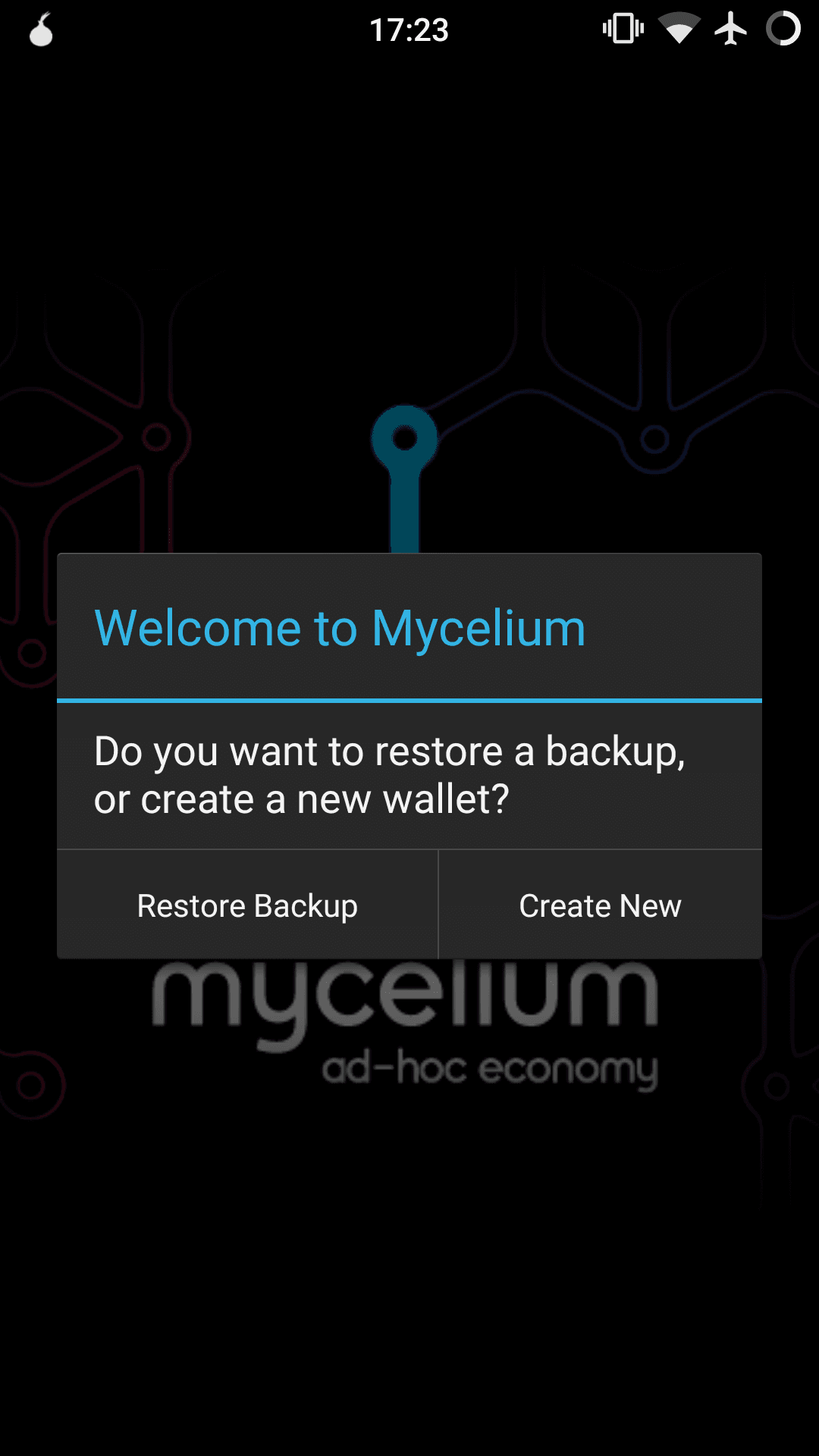
Select the number of words contained in your seed, and check I have a password if you used a passphrase:
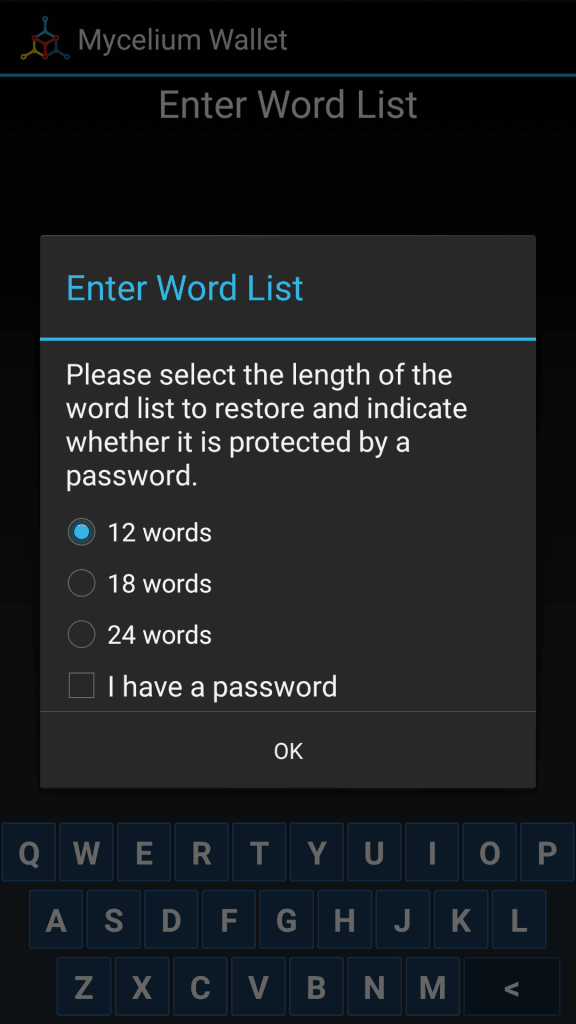
Mycelium will have you enter the words one at a time.
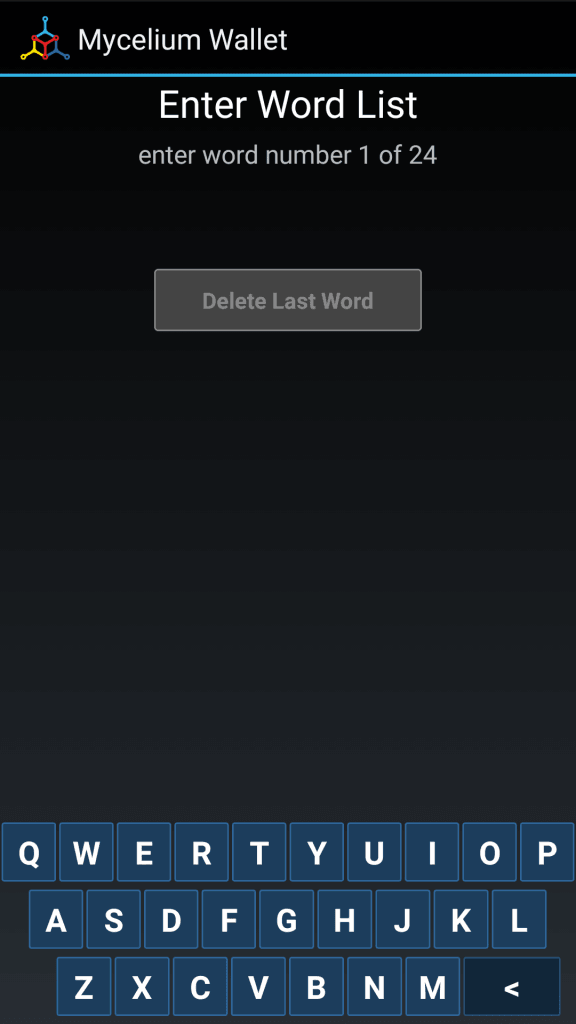
Input your passphrase if you used one. Any passphrase will create a valid wallet. If your wallet shows a zero balance, restart the process and double check that the passphrase was entered correctly.
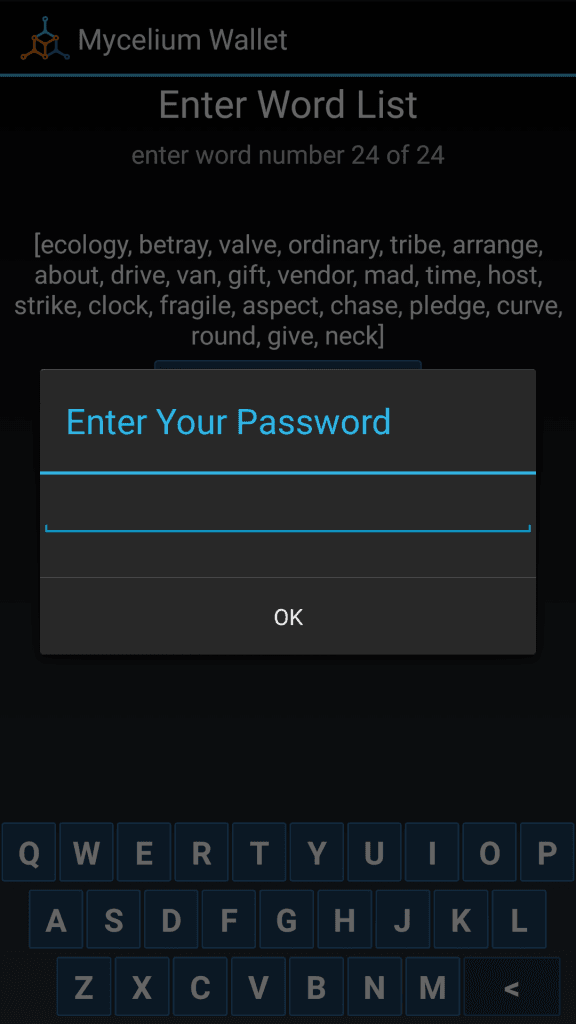
You can now send any funds that were stored on your TREZOR.
Note that the private keys from your TREZOR seed are now stored in Mycelium. Your funds should immediately be moved to cold storage. The old TREZOR seed is now insecure and should not be reused.
How to Use TREZOR with Electrum
This article details how to use a previously initialized TREZOR with Electrum. Your TREZOR must be setup before use with Electrum. To RESTORE your TREZOR with Electrum click here.
TREZOR can only be used with Electrum 2.0+. Make sure you have the latest version installed.
Plugin your TREZOR and open Electrum. Select Create new wallet and Hardware wallet. The Restore or import a wallet option is for restoring a TREZOR seed if the device was lost, stolen or damaged.

TREZOR is the only hardware wallet supported by Electrum and will be automatically selected in the next step.

Enter your TREZOR pin.

Input your passphrase if you used one. Any passphrase will create a valid wallet. If your wallet shows a zero balance, restart the process and double check that the passphrase was entered correctly.

You can now spend from your TREZOR with Electrum.
Even if the TREZOR is removed after use, the wallet will still be viewable in watch-only mode.
Restore with Electrum
If your TREZOR has been lost or stolen, your funds can still be accessed by importing the recovery seed phrase and passphrase (if used) into Electrum.
When opening Electrum you’ll be greeted with a list of options. (Existing users must navigate to File > New/Restore).
Select Restore or import a wallet and Hardware wallet.

TREZOR is currently the only hardware wallet supported by Electrum and is automatically selected in the next window.

Enter your TREZOR recovery seed.
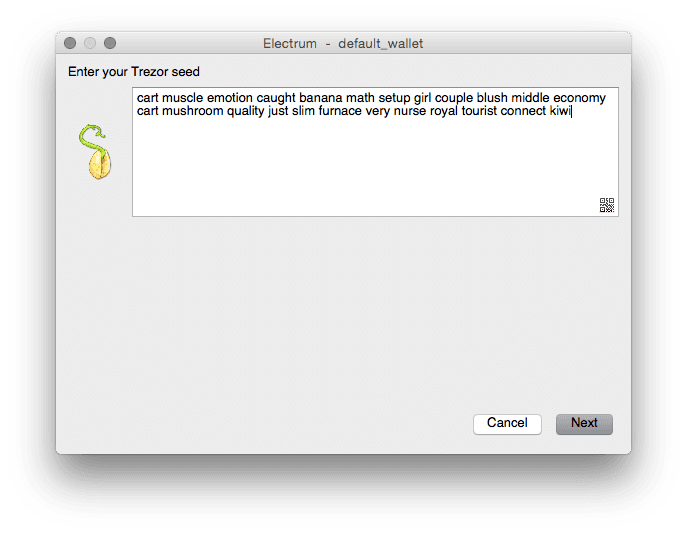
Input your passphrase if you used one. Any passphrase will create a valid wallet. If your wallet shows a zero balance, restart the process and double check that the passphrase was entered correctly.
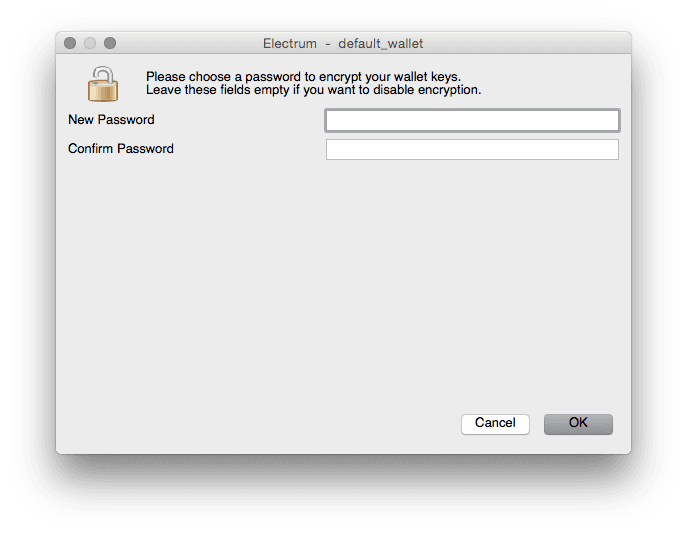
You can now send any funds that were stored on your TREZOR.
Note that the private keys from your TREZOR seed are now stored in Electrum. Your funds should immediately be moved to cold storage. The old TREZOR seed is now insecure and should not be reused.
Frequently Asked Questions
Which operating system does Trezor One support?
Trezor One is compatible with a variety operating systems such as: Android, Mac OS X, Windows, and Linux.
What should the Trezor One packaging look like on delivery?
Trezor One packaging should have a thin cardboard box sealed with two hologram security stickers on it.
Does Trezor One have touch screen incorporated?
No, it hasn’t got touch screen incorporated.
Are Trezor One software and hardware wallets an open-source?
Yes, most of Trezor software and hardware are open-source, and they are public on GitHub page.
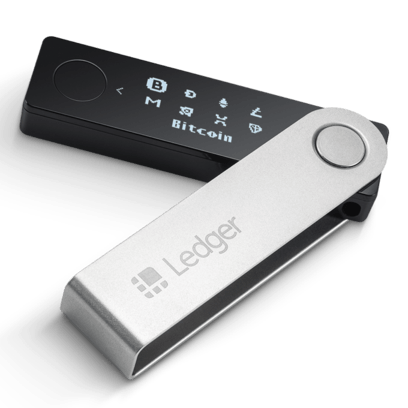
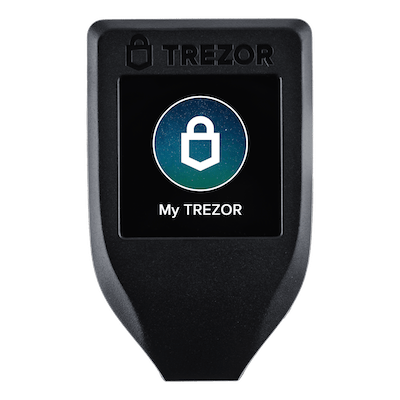

Comments
Post a Comment